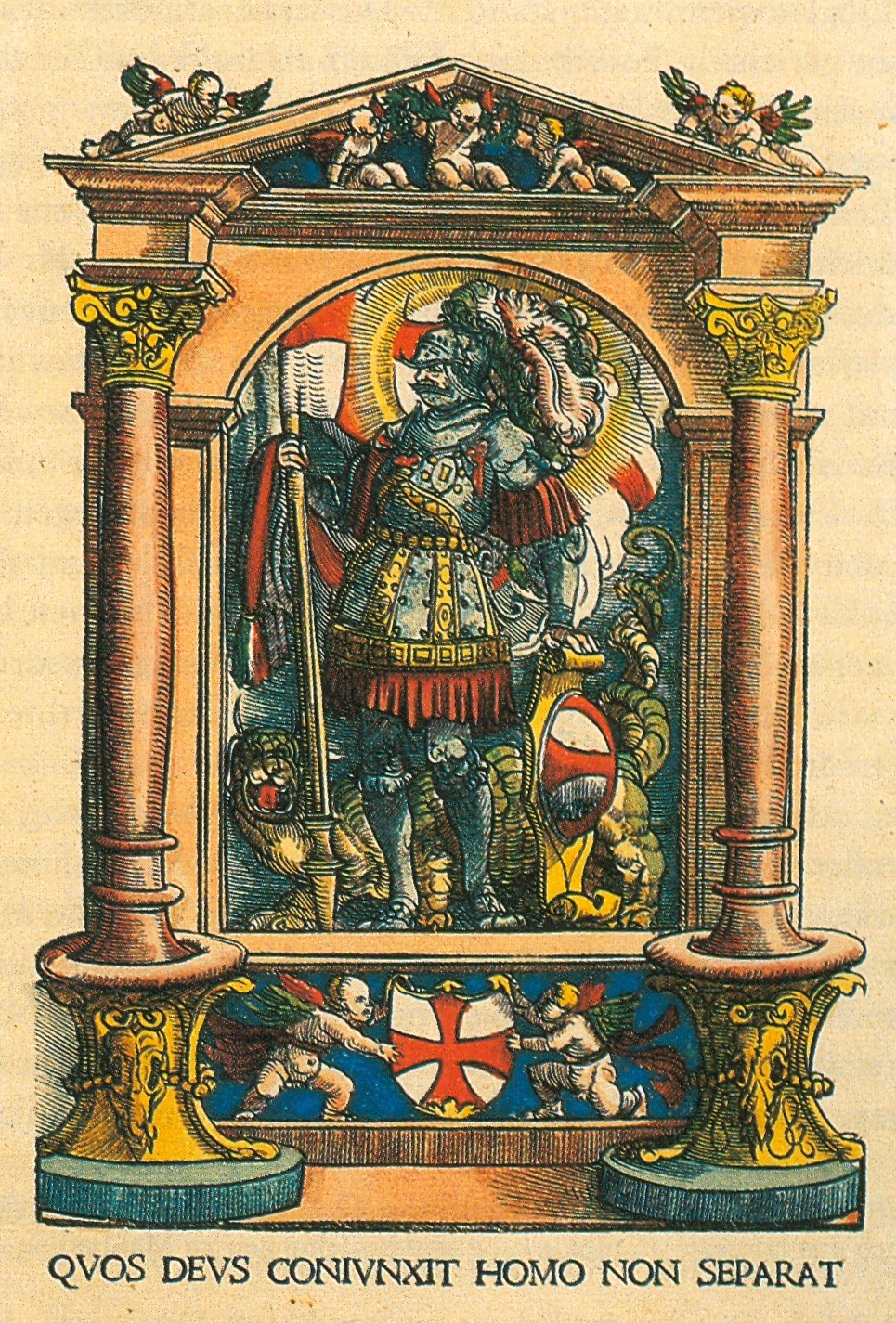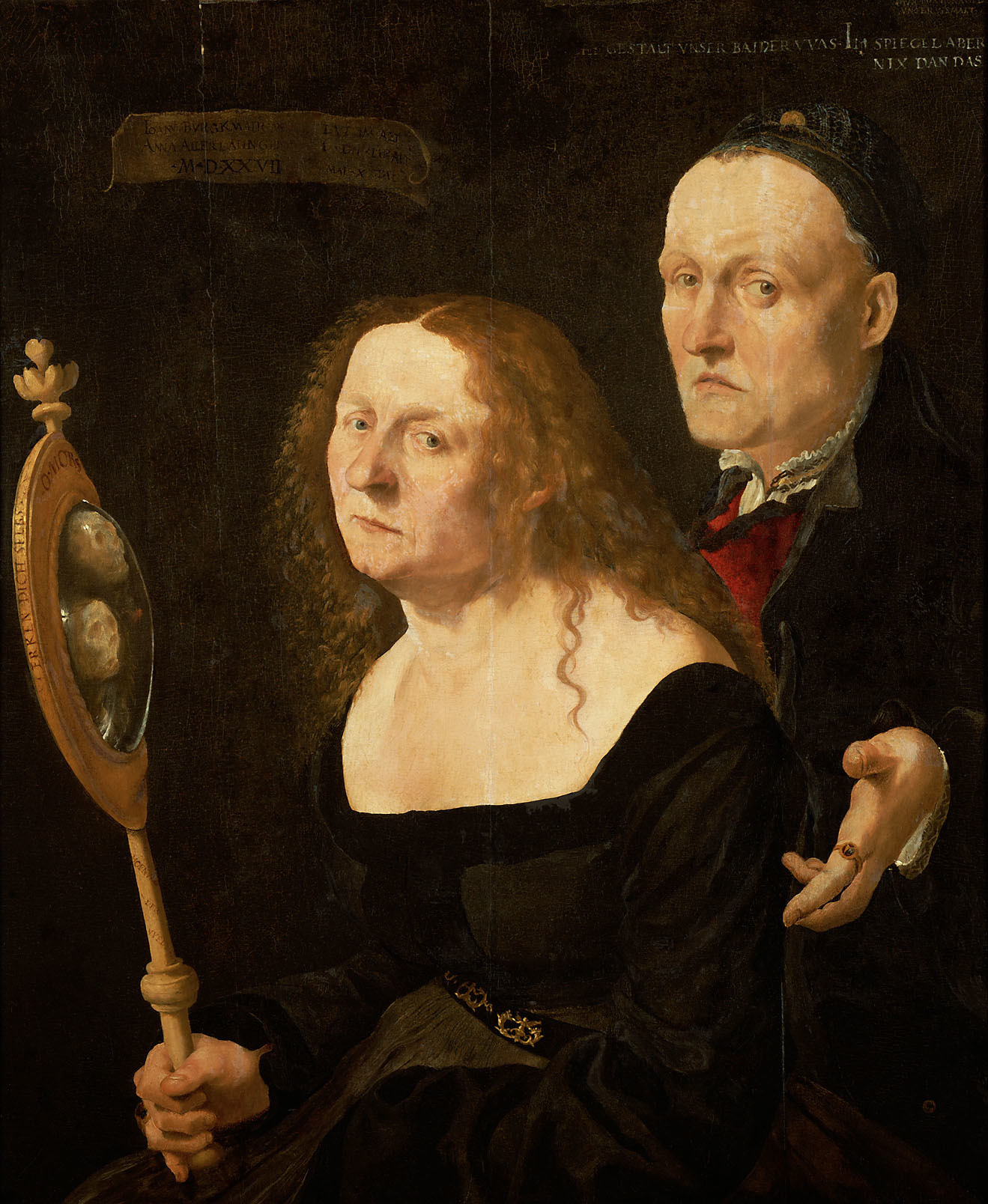|
Burgkmair – S
Hans Burgkmair the Elder (1473–1531) was a German painter and woodcut printmaker. Background Hans Burgkmair was born in Augsburg, the son of painter Thomas Burgkmair. His own son, Hans the Younger, later became a painter as well. From 1488, Burgkmair was a pupil of Martin Schongauer in Colmar. Schongauer died in 1491, before Burgkmair was able to complete the normal period of training. He may have visited Italy at this time, and certainly did so in 1507, which greatly influenced his style. From 1491, he worked in Augsburg, where he became a master and eventually opened his own workshop in 1498. Burgkmair was a Lutheran. Career German art historian Friedrich Wilhelm Hollstein ascribes 834 woodcuts to Burgkmair, the majority of which were intended for book illustrations. Slightly more than a hundred are "single-leaf" prints which were not intended for books. His work shows a talent for striking compositions which blend Italian Renaissance forms with the established German style. ... [...More Info...] [...Related Items...] OR: [Wikipedia] [Google] [Baidu] |
Lukas Furtenagel
Lukas Furtenagel (1505–1546) was a painter from the Holy Roman Empire. Lukas (Laux) Furtenagel was born in Augsburg in 1505 to a family of artists. He began studying art at a young age and was a protégé of painter Hans Burgkmair. Furtenagel began his apprenticeship in 1515 at the age of 10. After leaving Augsburg, he briefly joined the workshop of Lucas Cranach the Elder in Wittenberg. Furtenagel was active in Halle (Saale), Halle from 1542 to 1546. In 1546, he was called to Eisleben to portray Martin Luther after the latter's death. In the fall of 1546, after returning to Augsburg, Furtenagel was awarded the title of master. Notable works Few of Furtenagel's works survive. One of his most notable is a double portrait of Hans Burgkmair with his wife Anna, ages 56 and 52 respectively. The work, a vanitas, shows the artist and his wife reflected in a hand-mirror as death's heads. The inscription on the mirror reads "Recognize thyself/o death/hope of the world". Prior to the di ... [...More Info...] [...Related Items...] OR: [Wikipedia] [Google] [Baidu] |

